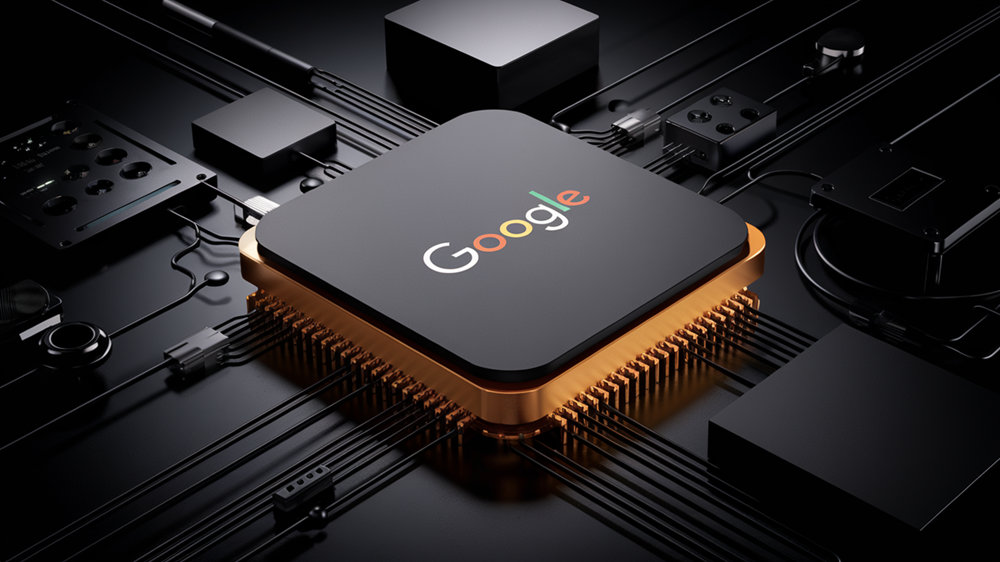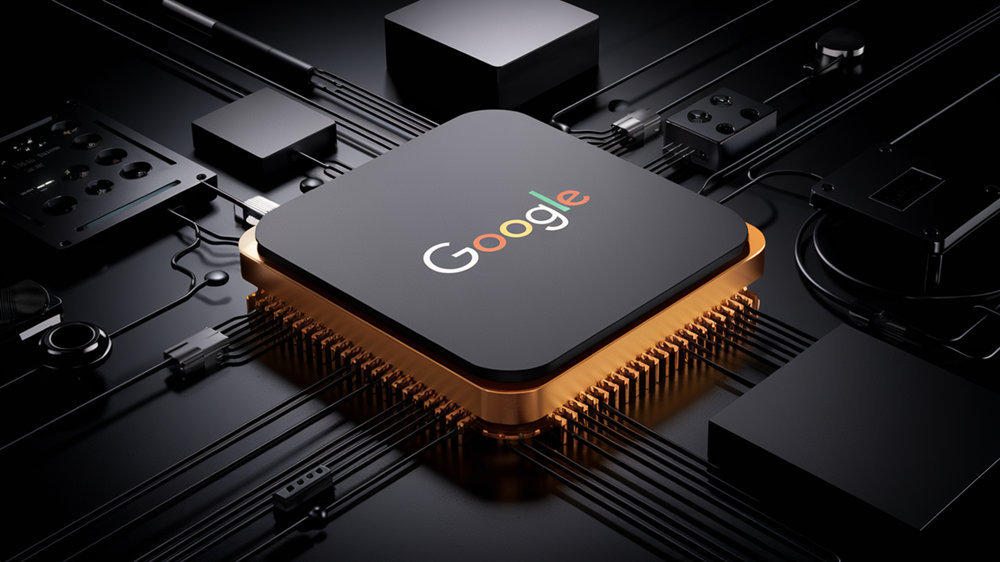
In a world increasingly driven by technological innovation, quantum computing stands out as a transformative force with the potential to reshape industries and solve problems previously deemed insurmountable. Among the recent breakthroughs in this field, Google’s Willow chip has garnered significant attention for its unprecedented advancements in quantum error correction and computational speed. This blog delves into what makes the Willow chip a game-changer, its key features, and its implications for the future.
The Dawn of a New Era in Quantum Computing
Quantum computing operates on the principles of quantum mechanics, leveraging qubits to perform calculations at speeds unimaginable for classical computers. However, one of the primary challenges in scaling quantum computers has been the issue of quantum error correction. Even minute errors can propagate and disrupt calculations, making large-scale, fault-tolerant quantum computing a daunting goal.
Enter Google’s Willow chip. This state-of-the-art quantum processor represents a monumental leap in addressing the challenges of error correction. With its scalable architecture, the Willow chip has demonstrated an exponential reduction in errors as the system scales—a first in the field. This breakthrough paves the way for the development of reliable quantum systems capable of tackling real-world problems.
Key Features of the Willow Chip
1. Advanced Error Correction
The Willow chip employs surface code error correction, a robust method that uses redundant qubits to detect and correct errors. Unlike previous iterations, Willow’s design ensures that error rates decrease exponentially as the number of physical qubits increases, marking a significant step toward fault-tolerant quantum computing.
2. Unparalleled Computational Speed
One of the Willow chip’s most impressive feats is its ability to perform benchmark computations in under five minutes—a task that would take today’s fastest supercomputers billions of years. This achievement underscores the potential of quantum computing to revolutionize fields such as cryptography, material science, and artificial intelligence.
3. Scalability
Google’s innovative design for the Willow chip focuses on modular scalability, allowing researchers to add more qubits without exponentially increasing complexity. This feature is crucial for building larger quantum systems capable of solving increasingly complex problems.
Real-World Applications
The implications of the Willow chip extend across multiple industries:
- Healthcare: Quantum simulations powered by chips like Willow could accelerate drug discovery by modeling molecular interactions at an unprecedented level of detail.
- Climate Science: Enhanced computational power can lead to better climate modeling, enabling scientists to develop more effective strategies for combating climate change.
- Finance: Quantum algorithms could optimize complex financial models, improving risk assessment and investment strategies.
- Artificial Intelligence: The combination of quantum computing and AI could lead to the development of more sophisticated machine learning models, pushing the boundaries of what AI can achieve.
Challenges and Future Outlook
Despite its groundbreaking features, the Willow chip is not without challenges. Scaling quantum systems to practical levels will require overcoming significant hurdles, including the development of more stable qubits and improved error-correction protocols. Additionally, the cost and complexity of quantum computing hardware remain substantial barriers to widespread adoption.
However, with ongoing research and investment from tech giants like Google, the future of quantum computing looks promising. The Willow chip’s success serves as a testament to how far the field has come and how much potential remains untapped.
Conclusion
Google’s Willow chip is more than just a technological marvel; it is a symbol of progress in the quest to harness the power of quantum mechanics for the greater good. As we stand on the cusp of a quantum revolution, the advancements demonstrated by the Willow chip offer a glimpse into a future where quantum computing becomes an integral part of our technological landscape. From healthcare to climate science, the possibilities are boundless, and the journey has only just begun.
By pushing the boundaries of what’s possible, the Willow chip is not just rewriting the rules of computing—it’s creating entirely new ones.



